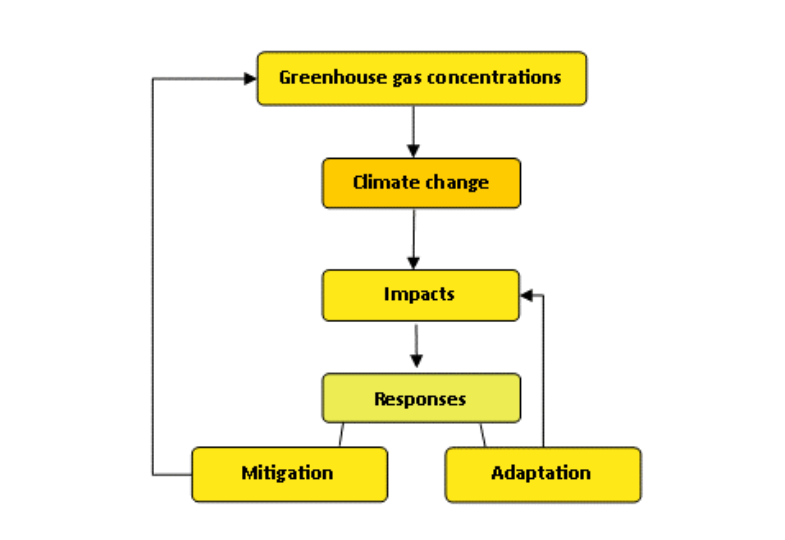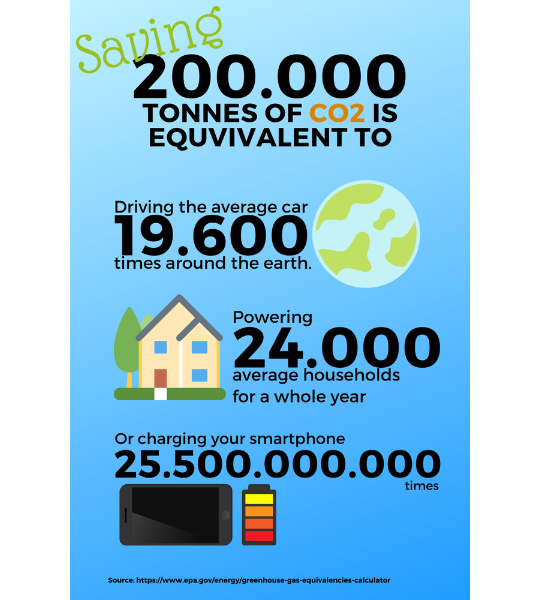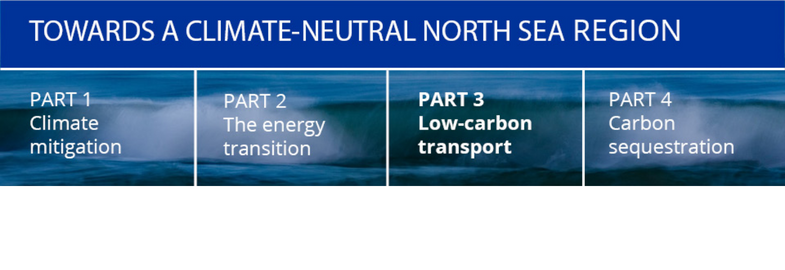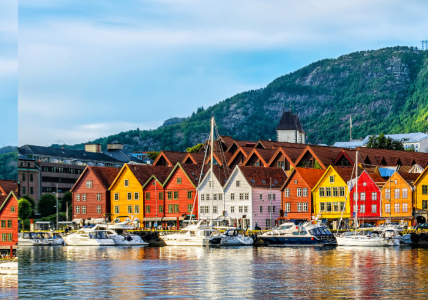Part 1 in a 4-part series
Climate change. The term has vaulted to the top of the agenda of intergovernmental organisations, national governments, and municipal councils over the past several years. COP25, which starts today in Madrid, is only one of many high-profile meetings taking place each year to raise awareness and stimulate world leaders to take action against climate change.
The threats presented by climate change are at once global and local: extreme weather patterns and forest fires that burn out of control; rising sea levels and flooding of city streets.

The EU is poised to take a prominent role in combatting climate change. On 28 November, the European Parliament ‘approved a resolution declaring a climate and environmental emergency in Europe and globally,’ the first of its kind by a political body at the continental level. EU key climate policy targets for 2030 are:
• At least 55% cuts in greenhouse gas emissions (from 1990 levels – this target was increased as part of the proposed European Green Deal)
• At least 32% share for renewable energy
• At least 32.5% improvement in energy efficiency (the latter two targets were revised upwards in 2018).
Like many other parts of the world, the North Sea region is feeling the effects of climate change, and actions are being taken both to protect cities, suburban, and rural areas in the region from those effects (‘climate change adaptation’) as well as to reverse – or, at least, slow – the trend of increasing emissions (‘climate change mitigation’). Many North Sea Region Programme projects focus on one – or both – of these aims.
What is the difference between climate adaptation and climate mitigation?

Diagram showing difference between climate mitigation and adaptation. Courtesy of Bruno Locatelli, Center for International Forestry Research (2011).
The North Sea Region Programme supports a thematic priority dedicated to sustainability. However, most of the projects we fund under the broad umbrella of sustainability are focused on climate adaptation – adjusting to the anticipated effects of climate change by taking steps to prevent damage to the natural and human-built environment or taking advantage of opportunities they present. (See this blog article.) Climate mitigation, on the other hand, focuses on ‘interventions to reduce the emissions sources or enhance the sinks of greenhouse gases.’ Over half of North Sea Region Programme projects aim to contribute to mitigation by developing green energy solutions, increasing the means of carbon sequestration, and/or reducing reliance on fossil fuels in the transport sector.
The importance of mitigation
The need to boost efforts to mitigate climate change is becoming increasingly urgent. According to the latest Emissions Gap Report by the UN Environment Programme published on 26 November 2019, the Earth is on track toward a rise in average global temperatures by 3.2°C by the end of the 21st century, despite efforts by many countries to meet the Paris Agreement targets. The implications of this are not entirely clear, but scientists warn that extreme weather patterns, which are already on the rise, are likely to increase in number and intensity. This has far-reaching consequences for all forms of life around the world.
The reason for the increase in temperatures is the rise in the level of greenhouse gas emissions. In the EU, while emissions declined by 23,5% from 1990 to 2017, they increased by 0,7% from 2016 to 2017, the year for which the European Environment Agency (EEA) has the most recent numbers. While emissions from most sectors went down that year, emissions from transport, refrigeration and air conditioning rose. In fact, the EEA reports that transport emissions, in particular, rose steadily from 2013 to 2017.
How is climate change mitigated in the North Sea region?
According to the EEA, the primary way to combat rising GhG emissions is to reduce dependence on fossil fuels and increase energy efficiency and the use of renewable energy. EU Cohesion Policy during the 2014-2020 period includes targets in exactly these areas: creating 20% of energy from renewables, increasing energy efficiency by 20%, and reducing greenhouse gas emissions by 20%. It is likely that the targets will be even more ambitious during the 2021-2027 period.
In harmony with Cohesion Policy, the North Sea Programme provides support to many projects that are developing ways to contribute to a low carbon economy. By exploring methods to lessen the use of fossil fuels and increase the use and efficiency of existing energy sources, North Sea Region Programme projects strive to contribute to climate change mitigation efforts in their project areas. Moreover, these projects are delivering “proof of concepts,” which can be taken up and rolled out throughout the entire North Sea region – hopefully resulting in additional reductions of CO2 emissions. The key here is transnational cooperation, which enables solutions to have a larger impact than if they were only implemented locally.
Of a total 68 North Sea Region Programme projects currently running, 22 directly work toward reducing CO2 emissions. Fourteen additional projects contribute indirectly to this effort by, for example, shifting transport of goods from roads to inland waterways, reducing the number of car trips taken, increasing energy efficiency, and reducing energy consumption.This means that 53% of North Sea Region Programme projects endeavour to mitigate climate change in one or more ways. Taken together these projects aim to reduce CO2 emissions by well over 200,000 tonnes. This is a significant amount, given the comparatively small budget we have to do this.

North Sea Region projects are on track to save the region 200,000 tonnes of CO2. Infographic by Project Advisor Christoffer Villsen.
Keeping in mind the fact that Interreg comprises only 2.8% of the EU Cohesion Policy budget – €10.1 billion across 107 programmes – and the North Sea Region Programme budget is €167 million (1.6% of Interreg funding), we are making a small but significant impact through innovative techniques, initiatives, demonstration pilots, etc. The North Sea Region Programme may be a small player, but we are making a difference – and we hope that our projects will have an even bigger impact on CO2 reductions in the future.
The next part in this series will feature North Sea Region projects developing green energy solutions. Part 3 will examine our projects’ efforts to boost means of green transport, while Part 4 will look at carbon sequestration methods being tested in the North Sea region. Stay tuned!




